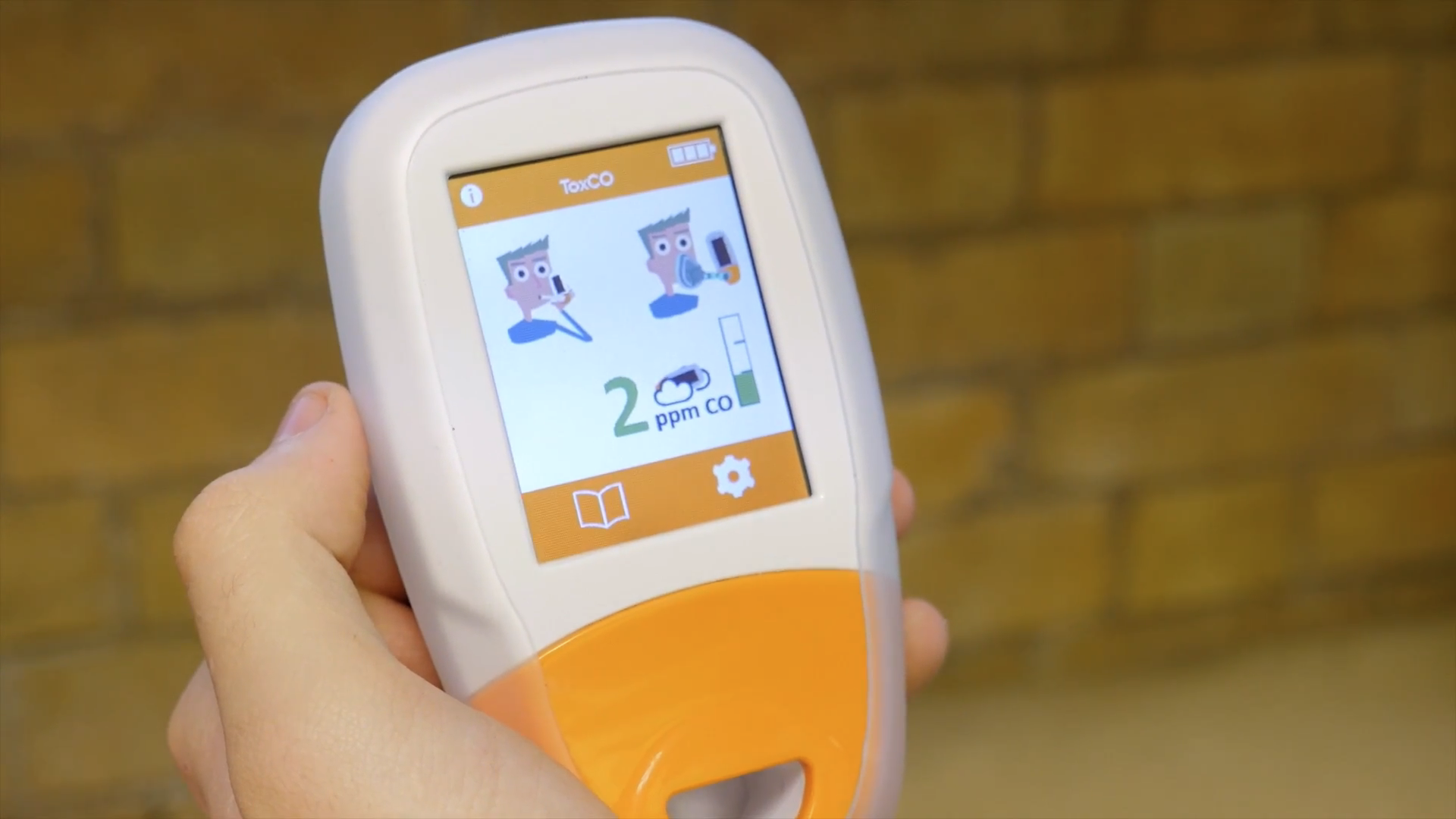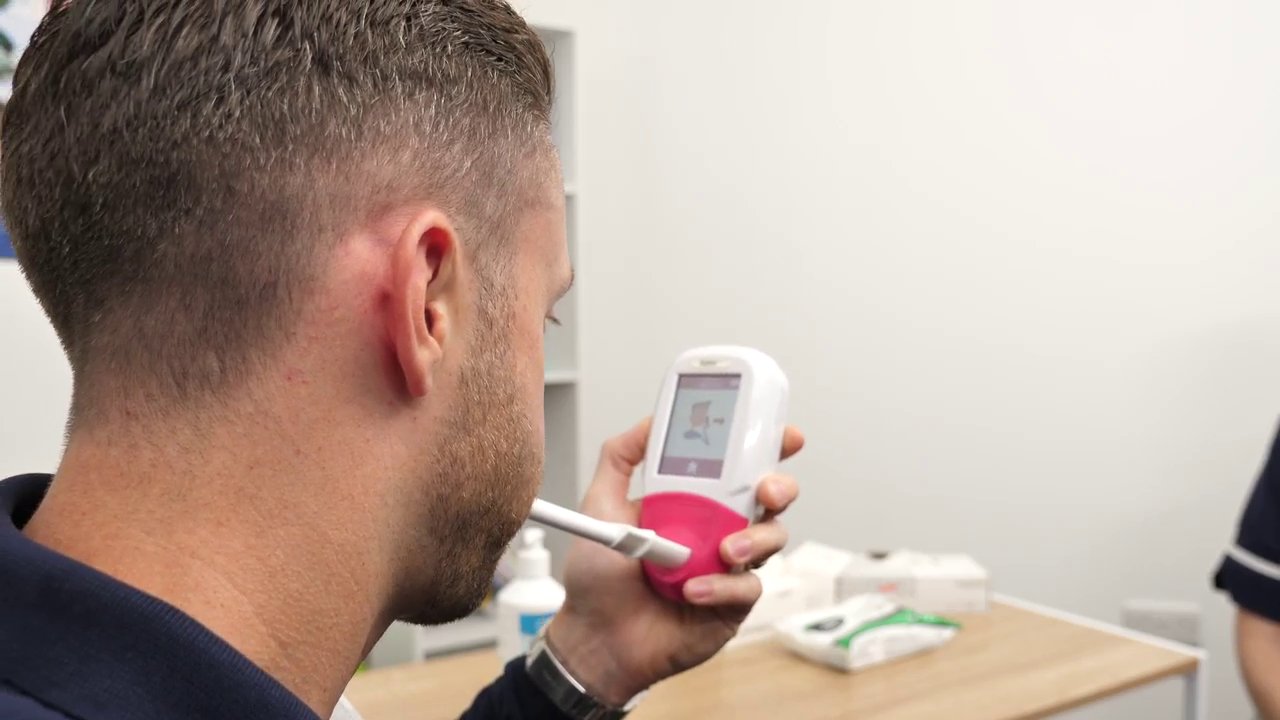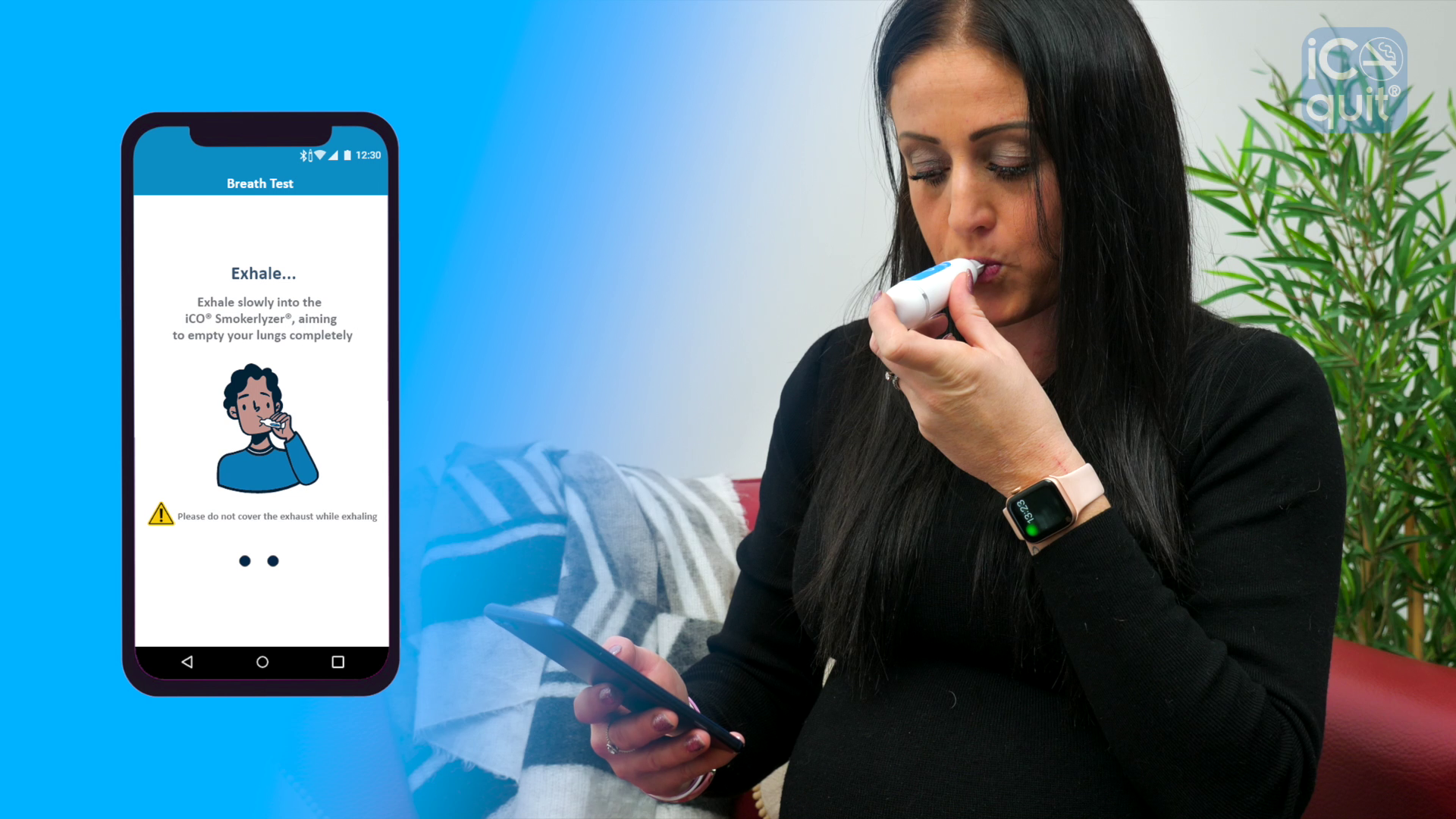
Carbon monoxide (CO) poisoning is the most common cause of fatal accidental poisoning in the world. However, as it is colorless, odorless and tasteless, it can be difficult to detect. The standard procedure is to analyze the CO concentration in a blood sample, but this process is invasive and time consuming. The ToxCO® from Bedfont Scientific analyzes the concentration of CO in the breath to determine the CO concentration in the blood and enables rapid, non-invasive measurement at the scene. In addition, it has proven to be as accurate as the standard procedure and so has the potential for mass screening of CO poisoning either by use of the emergency services at the scene or by clinical professionals in hospitals to speed up diagnosis.
The Dangers of CO Poisoning
Many homes still
use coal, oil and gas fires as a heating source, but these appliances can pose
a risk to life if they are not properly maintained or do not have sufficient
ventilation. Burning these fuels produces carbon dioxide and water, however, if
there is not a good enough supply of oxygen in the combustion process, carbon
monoxide can also be formed. CO is poisonous as it binds strongly to hemoglobin
in the blood, blocking oxygen from attaching and stopping this essential gas
from being transported around the body, which in severe cases can lead to
death. One study found that at least 6% of gas appliances emit dangerous levels
of CO and exposure is not limited to household items, idling vehicles and house
fires also emit high levels of this poisonous gas. Unfortunately, CO is difficult
to detect as it is a colorless, odorless and tasteless gas and so has been
nicknamed “the silent killer”.
Low-level
exposure to CO (>70 parts per million (ppm)) causes shortness of breath,
mild nausea and headaches and is easy to mistake for the flu. Moderate levels
lead to severe headaches, nausea, mental confusion and syncope. While, high
levels (>200 ppm) can result in seizures and death. Due it’s difficult
detection and similarity with flu symptoms at low levels, it is often the
circumstances that give the clue towards diagnosis e.g. the symptoms abate when
the patient is outside. CO is the most common cause of fatal accidental
poisonings around the world, with 50 people killed each year in the UK, but
these numbers are thought to be an underestimate as CO levels are not assessed
in the 3,500 unexplained deaths that occur every year in the UK. Therefore,
speed and accuracy of CO poisoning is vital.
Analysis of CO Levels
Currently, the
standard method for diagnosing CO poisoning is to take blood from the patient
and analyze the sample in a laboratory using a co-oximeter. A co-oximeter
measures the absorption of light passing through the blood at several different
wavelengths in order to determine the percentage of carboxyhemoglobin (%COHb). However,
this method is invasive as it requires a blood sample to be drawn from the
patient, it takes a relatively long time to get the results and cannot be
performed at the scene by emergency services.
Since 2010, the funding to the NHS in
England has seen a decrease compared to historical norms, and with the cost of
inpatient care ranging from £128 to £9,892 per person (depending on the type of
patient admitted), there is a strong drive to find initiatives that reduce
costs or improve the efficiency of health care services. A recent study published
by the National Audit Office on the NHS ambulance services stated that the
implementation of new models of care avoided costs of admitting patients to hospitals
by around £63 million in 2015–2016. Therefore, the use of rapid, non-invasive
instruments to measure CO poisoning at the scene by first responders could
reduce cost, time, and pressure on the inpatient health care. Pulse CO-Oximeters®
work in a similar way to standard co-oximeters as they also analyze the
absorption of the blood with different wavelengths of light, but by using the
pulse in a patients’ finger. Masimo produce two Pulse CO-Oximeters®: The Rad-57®
and Radical-7®. Another device, the ToxCO®, manufactured by Bedfont® Scientific
Ltd, is also able to non-invasively analyze CO levels by measuring the
concentration of CO in expelled breath as this correlates closely to the %COHb.
Both types of device eliminate the need to draw blood and produce results in
seconds, enabling rapid assessment of CO poisoning by the first responders of
the emergency services, potentially reducing the number of admissions to
hospitals.
It is essential that these non-invasive
instruments deliver accurate data that can be trusted by the emergency services
and clinicians. In 2014, Tseona compared the accuracy of these non-invasive
devices to the standard CO blood analysis using a Siemens RapidPoint 500
machine. Each patient that took part in the study had a blood sample drawn,
followed immediately assessment with the Rad-57®, Radical-7® and ToxCO® to
ensure the %COHb data for each technique was taken at the same time point and
could be compared. The results found that the %COHb ToxCO® data was comparable
to the RapidPoint 500 invasive CO blood analysis, whereas the Rad-57® and
Radical-7® gave significantly different results. These data indicate the ToxCO®
is more statistically accurate for determining CO levels in potential poisoning
cases compared to the Rad-57® and Radical-7®.
The Non-Invasive ToxCO®
The ToxCO® is designed to determine CO
levels in all possible environments as it comes with three sampling modes; a
mouthpiece for conscious patients, a face mask for unconscious patients and
ambient monitoring to allow potentially fatal levels of CO in the air to be
detected. In addition, the device monitor has SteriTouch® technology and single-use
Steribreath™ mouthpieces are used
to improve infection control.
The ToxCO® has been designed to be quick
and easy to use, with visual prompts to ensure accurate results are obtained.
The results are given as a green/amber/red signal, along with audible beeps for
easy interpretation. In 2016, Smereka assessed the ability of 47 firefighters
to identify potential CO poisoning and their use of the ToxCO® to examine
patients. After training, the firefighter knowledge of CO poisoning increased, and all firefighters were proficient with
implementing the ToxCO® if CO poisoning was suspected. In
addition, the device is small, portable and does not need to be plugged in
during analysis.
Rapid Assessment of CO Poisoning
As most cases of CO poisoning occur in the home and high levels can be fatal, it is essential that levels of this toxic gas can be assessed by first responders from the emergency services. The use of the ToxCO® enables an accurate, rapid and non-invasive method of determining a patient’s CO levels at the scene, allowing treatment to be administered quickly and appropriately, and potentially reducing the number of admissions to hospitals. Due to the comparable accuracy of the ToxCO® to the standard invasive CO blood analysis, it could also be beneficial in clinical settings to increase the speed of analysis and reduce the burden on hospital laboratories. Furthermore, ToxCO® is able to perform environmental sampling and could be placed in residential housing to warn individuals if CO levels reach dangerous levels. A 2009 study by the UK Department of Communities and Local Governments found if CO detectors were installed in a dwellings containing a combustion device, in a similar approach to smoke detectors, the cost to roll out this initiative would be outweighed by the reduction in incidents. Therefore, the implementation of a non-invasive, rapid, and accurate CO measurement in any or all of these settings can reduce the time, cost, and pressure placed on NHS emergency and inpatient services.
References and Further Reading
- Bebout D.E et al. (2009). Performance Observations of the Rainbow
“Pulse CO-Oximeter”. Neonatal Intensive Care. https://www.nicmag.ca/pdf/NIC-22-1-JF09-web.pdf
- West Yorkshire Health Protection Unit (2010). Silent Killer.
- Smereka J. et al.
(2016). The Ability of Firefighters to Recognize Carbon Monoxide Poisoning.
American Journal of Emergency Medicine. Doi: https://www.ajemjournal.com/article/S0735-6757(16)30238-8/fulltext
- United States Consumer Product Safety Commission. (2020). Carbon
Monoxide Questions and Answers. https://www.cpsc.gov/Safety-Education/Safety-Education-Centers/Carbon-Monoxide-Information-Center/Carbon-Monoxide-Questions-and-Answers
- Tseona S.S. (2014). Carbon
Monoxide Monitoring. Millersville University Respiratory Therapy.
- ToxCO®. (2020). Bedfont®
Scientific Ltd. https://www.bedfont.com/toxco
- NICE Guidelines for Carbon Monoxide Poisoning https://cks.nice.org.uk/carbon-monoxide-poisoning#!scenario
- CO-gassafety.co.uk. (2020). Statistics of Deaths and Injuries. https://www.co-gassafety.co.uk/information/co-gas-safetys-statistics-of-deaths-and-injuries/
- Dreyer K. (2019). A Descriptive Analysis of Health Care Use by
High-Cost, High-Need Patients in England. https://www.health.org.uk/sites/default/files/upload/publications/2019/Health-care-use-by-high-cost-high-need-patients-WP07.pdf
- Nao.org.uk. (2017). NHS Ambulance
Services. National Audit Office. https://www.nao.org.uk/wp-content/uploads/2017/01/NHS-Ambulance-Services.pdf
- Communities.gov.uk. (2009). Study
on the Provision of Carbon Monoxide Detectors Under the Building Regulations.
Department for Communities and Local Government. webarchive.nationalarchives.gov.uk/20120919132719/http://www.communities.gov.uk/documents/planningandbuilding/pdf/1324663





